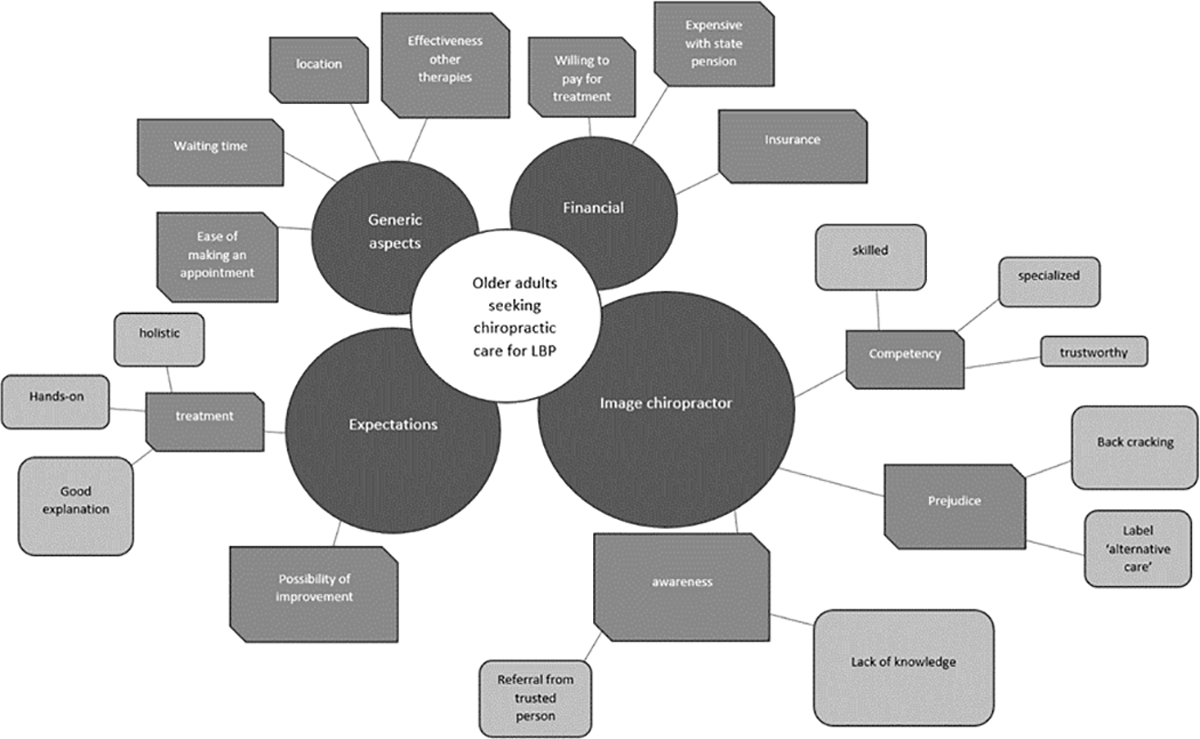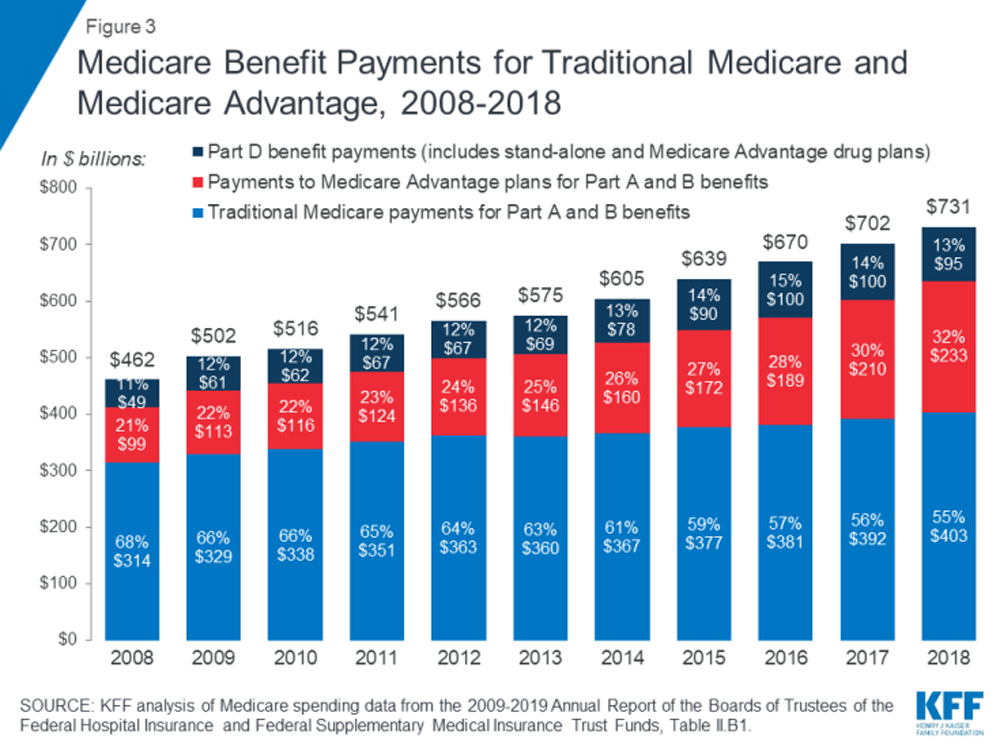Cross-Sectional Analysis of Per Capita Supply of Doctors of Chiropractic and Opioid Use in Younger Medicare Beneficiaries
SOURCE: J Manipulative Physiol Ther. 2016 (Mar 28) [Epub]
William B Weeks, MD, PhD, MBA, Christine M Goertz, DC, PhD
The Dartmouth Institute for
Health Policy and Clinical Practice,
Lebanon, NH
OBJECTIVE: The purpose of this study was to determine whether the per-capita supply of doctors of chiropractic (DCs) or Medicare spending on chiropractic care was associated with opioid use among younger, disabled Medicare beneficiaries.
METHODS: Using 2011 data, at the hospital referral region level, we correlated the per-capita supply of DCs and spending on chiropractic manipulative therapy (CMT) with several measures of per-capita opioid use by younger, disabled Medicare beneficiaries.
RESULTS: Per-capita supply of DCs and spending on CMT were strongly inversely correlated with the percentage of younger Medicare beneficiaries who had at least 1, as well as with 6 or more, opioid prescription fills. Neither measure was correlated with mean daily morphine equivalents per opioid user or per chronic opioid user.
There are more articles like this @ our:
CONCLUSIONS: A higher per-capita supply of DCs and Medicare spending on CMT were inversely associated with younger, disabled Medicare beneficiaries obtaining an opioid prescription. However, neither measure was associated with opioid dosage among patients who obtained opioid prescriptions.
KEYWORDS: Chiropractic; Key Indexing Terms; Medicare; Opioids
From the FULL TEXT Article:
INTRODUCTION
America has an expensive and expanding opioid use epidemic. [1] With increasing disability rates for back and neck pain conditions [2] and high use of opioids among such disabled patients, [3] one might anticipate that the opioid epidemic will worsen without changing current treatment patterns.
Addressing the opioid epidemic should be a public health priority. Spurred by a 16.3 percent increase in overdose deaths from legal opioid drugs in 2014, the Centers for Disease control has issued new guidelines to curb physicians opioid prescriptions, stating that ‘the risks are addiction and death, and the benefits are unproven.’ [4]
Read the rest of this Full Text article now!





Leave A Comment